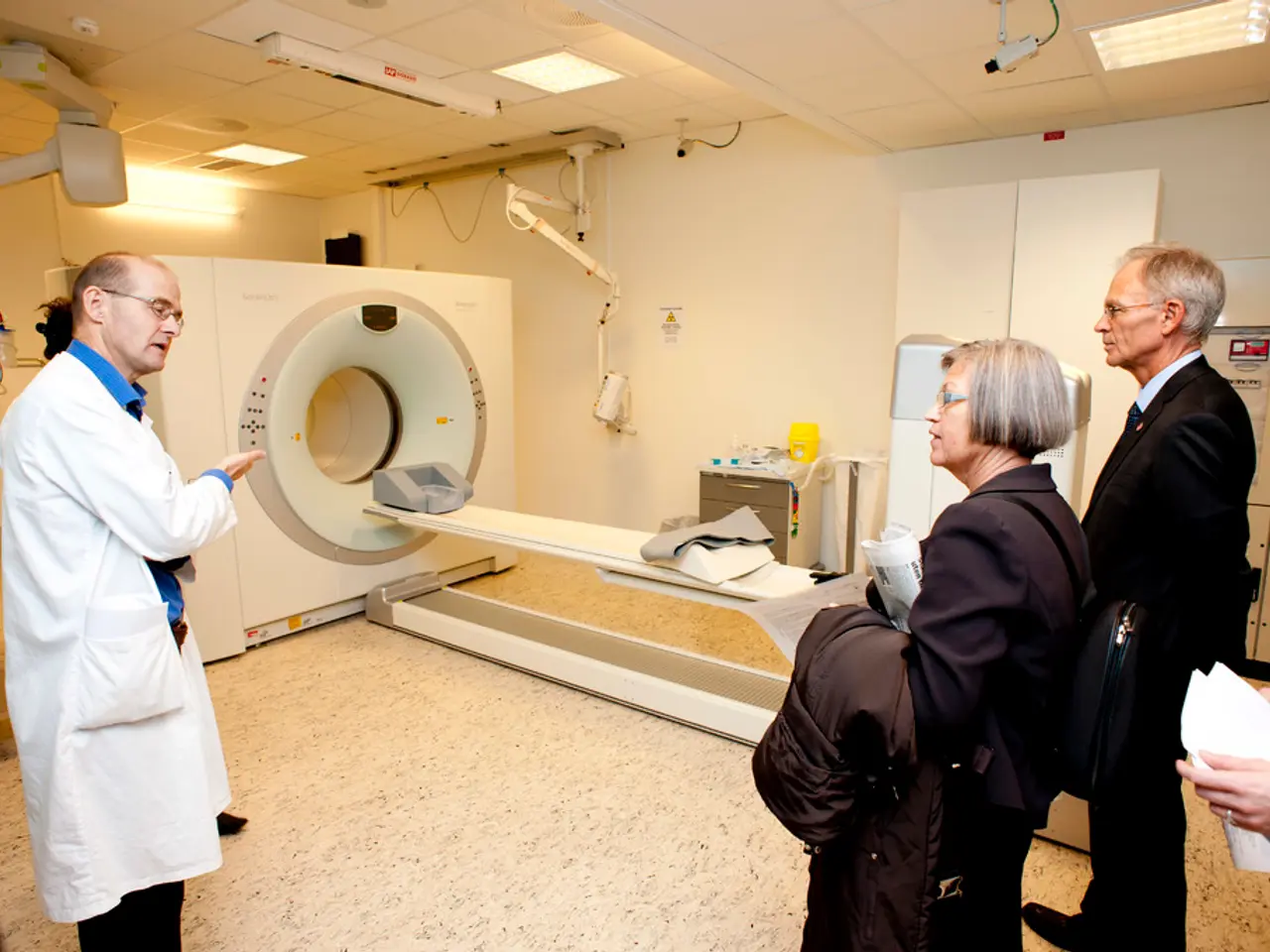Nearsightedness, or myopia: Understanding its nature, underlying causes, and therapeutic approaches
Myopia, commonly known as nearsightedness, is a refractive error that affects the ability to focus on objects in the distance. This condition, which affects nearly 30% of people in the United States, can be managed effectively with various treatments and lifestyle modifications.
Myopia is primarily classified by onset, progression, and the anatomical changes causing the refractive error. The most common type, axial myopia, occurs due to excessive elongation of the eyeball, leading to light focusing in front of the retina instead of on it. Refractive myopia, less common, results from the cornea or lens being overly curved, causing the same focus error as axial myopia.
Myopia can also be categorised by severity. Mild myopia, with a spherical equivalent (SE) between -0.5 diopters (D) and -3.0 D, is relatively common. Moderate myopia, with an SE between -3.0 D and -6.0 D, is less frequent. Severe (high) myopia, with an SE greater than -6.0 D, is associated with an increased risk of ocular complications.
Common symptoms of myopia include blurry distance vision, squinting, eye strain or fatigue, headaches, and difficulty seeing at night. Children who spend little time outdoors or a lot of time doing up-close work may have an increased risk of becoming nearsighted.
Primary causes of myopia include genetic factors, environmental influences such as prolonged near work, limited outdoor activity, and educational pressures, and anatomical changes like excessive axial elongation or overly curved cornea/lens.
Various treatment options are available for myopia. Corrective lenses, such as glasses or contact lenses, provide immediate correction of distance vision by compensating for the refractive error. Orthokeratology, or corneal refractive therapy, involves wearing rigid contact lenses to reshape the cornea and temporarily improve vision.
For those with more advanced myopia, surgical options like LASIK and other refractive surgeries, and phakic intraocular lenses, may be recommended. These procedures permanently reshape the cornea to correct the refractive error, reducing or eliminating the need for glasses or contacts.
In addition to these treatments, myopia control strategies such as low-dose atropine eye drops, multifocal contact lenses/bifocal glasses, and increased outdoor time, have shown promise in slowing myopia progression, particularly in children.
Regular eye examinations are crucial, especially for children and those with progressive or high myopia, as they are at higher risk for retinal complications. Lifestyle modifications, such as reducing near work, ensuring proper lighting, and encouraging outdoor activities, may also help manage progression.
High myopia can progress as a person ages, increasing the risk of developing additional eye conditions such as retinal detachment, myopic maculopathy, glaucoma, and cataracts. Even those with mild to moderate myopia may show retinal changes, underscoring the importance of routine dilated fundus exams.
In conclusion, myopia is a multifactorial condition with significant impacts on quality of life, but numerous effective management and treatment options are available. Regular monitoring is crucial, especially for children and those with high myopia, due to the risk of sight-threatening complications.
Seniors may experience health-and-wellness concerns related to advanced eye-health conditions, such as high myopia, which can lead to increased risks of retinal detachment, myopic maculopathy, glaucoma, and cataracts. The science of medical-conditions has developed various treatments for eye impairments, including myopia, which can be effectively managed with corrective lenses, orthokeratology, surgical procedures like LASIK, and myopia control strategies like low-dose atropine eye drops, and increasing outdoor time. Regular eye examinations, especially for children and those with progressive or high myopia, are crucial to monitor and manage potential eye diseases and retain good eye-health.




